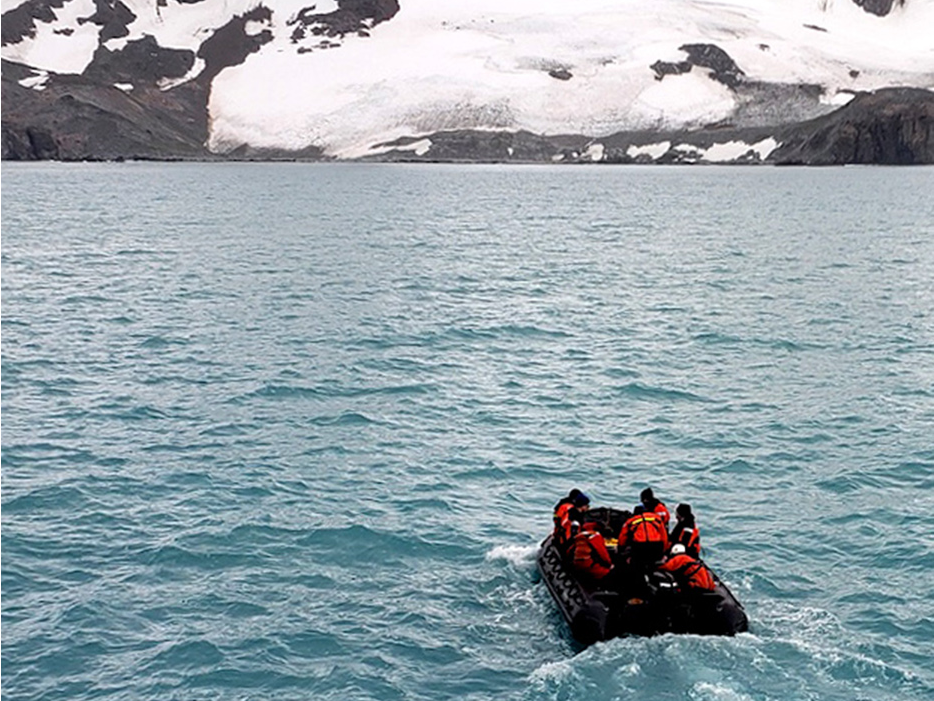- Researchers from Northeastern and Stony Brook universities traveled to Antarctica to study chinstrap penguins.
- As temperatures continue to increase, the krill that chinstrap penguins feed on are moving south to colder waters that are out of their reach, research showed.
- Other species of penguins, that feed on more than krill, are surviving.
- Visit Insider’s homepage for more stories.
Antarctica is warming and penguins are starving.
Researchers from Northeastern and Stony Brook universities are using drones and a machine learning program to measure the losses.
Scientists suspect that the population of chinstrap penguins that live off the coast of the Antarctic Peninsula is dwindling because the krill they enjoy eating are moving south to colder waters out of their reach.
The Antarctic Peninsula is one of the fastest-warming parts of the world. Most of the glaciers in that region are retreating quickly.
Here are six photos from the research expedition.
Northeastern University doctoral student Yang Liu is studying the penguin population on Elephant Island,

Liu is among a team of researchers from Northeastern and Stony Brook universities studying the chinstrap penguin population on Elephant Island, which is about 150 miles off the Antarctic peninsula.
"For sites which are too large for manual penguin counting, we use the machine learning program to count the penguins automatically," Liu reported back to Northeastern University.
The researchers sailed aboard the Greenpeace vessel Esperanza.

The researchers are a part of a scientific expedition that has sailed on the Greenpeace vessel Esperanza from Ushuaia, on the Tierra del Fuego archipelago of Argentina to Elephant Island, Vikrant Shah, who is assisting with the research, reported to his university.
They took a dinghy from the ship to Elephant Island.

The Esperanza remained anchored a safe distance from the underwater rock formations near Elephant Island. Researchers took a dinghy the rest of the way.
The chinstrap penguin population is declining.

The chinstraps on Elephant Island haven't been counted since 1971.
Researchers believe that half of the population that was once there is now gone.
The observations are similar to the falling numbers of chinstrap penguins in other parts of the continent, according to the researchers.
As chinstraps decline, the gentoo penguin population increases.

While researchers have found the chinstrap population on the decline, the population of gentoo penguins on Elephant Island is on the rise.
Scientists believe that warmer temperatures allow gentoo penguins, which feed on more than just krill, to thrive farther south, Vikrant Shah reported to Northeastern University.
Feb. 6 might have been the hottest day on record in Antarctica.

Elephant Island is dry and frigid, researchers reported. Other than a special species of grass, nothing grows there. The terrain is frozen, steep and mountainous, researchers reported back.
On February 6, a weather research station on Seymour Island in the Antarctic Peninsula registered at nearly 70 degrees, The Washington Post reported.
The World Meteorological Organization is reviewing that reading to see whether it qualifies as the continent's hottest temperature on record.

